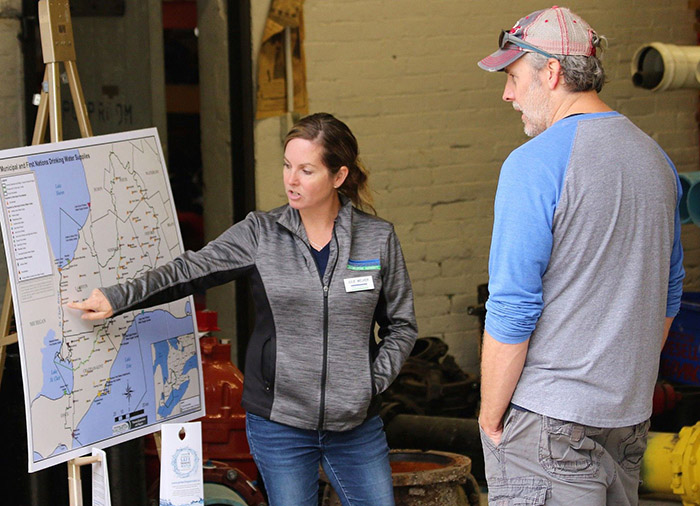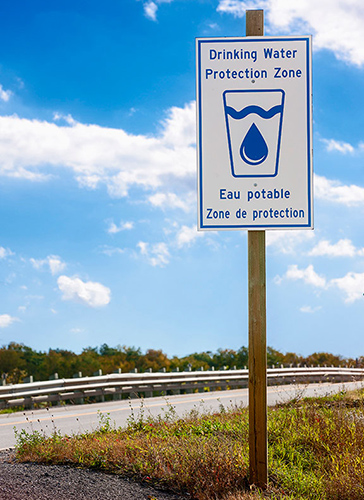You can help to protect drinking water (UTRCA Weekly, April 22, 2022)
Do you know how you can help protect sources of drinking water?
A social media campaign is underway to raise awareness of actions people can take to help protect sources of drinking water. The campaign is focusing on tips for spring cleaning (including what to do with hazardous waste material), why it’s important to test your well water, the impact pet waste can have on water quality, and the effects of spring runoff (urban and agriculture).
“Increasing awareness through this spring campaign reminds people that we all play a role in protecting our sources of drinking water, and together we can ensure that it is safe both now and into the future” says Julie Welker, UTRCA’s Source Protection Coordinator.
The first step to providing a safe supply of drinking water is to protect the water sources. In Ontario, the Clean Water Act (CWA) protects existing and future sources of drinking water. The Act is part of the Province’s commitment to implementing the recommendations of the Walkerton Inquiry, to protect and enhance human health and the environment.

In 2007, a local committee was established through the CWA, to guide the development of a science-based plan aimed at protecting the sources of local municipal drinking water. The Source Protection Plan determines areas where these drinking water sources are vulnerable, identifies potential threats, and develops plans to deal with the threats.
The Upper Thames River, Lower Thames Valley, and St. Clair Region Conservation Authorities have partnered together to work with the Source Protection Committee to coordinate the development of the Plans for our watersheds.

- Thames-Sydenham and Region Drinking Water Source Protection website
- Thames – Sydenham and Region Drinking Water Source Protection video
Follow our social media channels to learn more:

